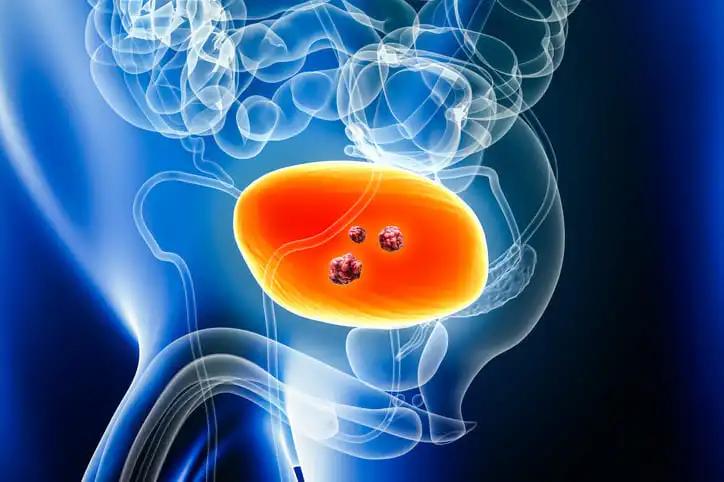KEY TAKEAWAYS
- The study aimed to compare BE and BF protocols in optimizing radiotherapy for patients with MIBC.
- Researchers noticed that the BE protocol improved dosimetry and reduced OAR doses in MIBC radiotherapy.
Radical radiotherapy for muscle-invasive bladder cancer (MIBC) is challenging due to large variations in bladder shape, size, and volume during treatment, with drinking protocols often employed to mitigate geometric uncertainties.
Utilizing adaptive radiotherapy combined with CBCT imaging to select a treatment plan that best fits the bladder target and reduces normal tissue irradiation is an attractive option to compensate for anatomical changes.
Diana Nohemi Briceño Guel and the team aimed to compare a bladder empty (BE) protocol to a bladder filling (BF) protocol about variations in target volumes, plan of the day (PoD) selection, and plan dosimetry throughout treatment.
They performed an inclusive analysis involving 40 patients, with 20 treated using a BE protocol and 20 with a BF protocol, all receiving a total prescribed dose of 55 Gy in 20 fractions. Small, medium, and large bladder plans were created using three different CTV to PTV margins.
Bladder (CTV) volumes were delineated on both planning CTs and online pre-treatment CBCTs. Differences in CTV volumes throughout treatment, plan selection, PTV volumes, and resulting dose metrics were compared between the 2 protocols.
The mean bladder volume differed significantly between the protocols’ planning CTs and online pre-treatment CBCTs (P < 0.05). Significant differences in bladder volumes were observed between the planning CT and pre-treatment CBCTs for the BF protocol (P < 0.05) but not for the BE protocol (P = 0.11). Both protocols experienced a significant decrease in bladder volume between the first and final treatment fractions (P < 0.05).
Medium plans were preferentially selected for BE, while the small plan was chosen most frequently with the BF protocol. No significant change in PTV coverage was noted between the protocols, but the body receiving 25.0-45.8 Gy volume was significantly smaller for patients with BE (P < 0.05).
The study concluded that the BE protocol is more effective than the BF protocol for radical radiotherapy in MIBC. The BE protocol resulted in smaller treatment volumes, which led to reduced doses to organs at risk (OAR) and the total body. Additionally, the BE protocol demonstrated greater consistency in treatment volumes throughout therapy. These findings underscore the benefits of using the BE protocol to improve dosimetry in MIBC treatment.
This study was partly funded by the CRUK RadNet Award [grant number C16583/A28803] and open access funding enabled and organized by CRUK RadNet Glasgow, University of Glasgow, UK.
Source: https://pubmed.ncbi.nlm.nih.gov/39030548/
Guel DNB, Laverick N, MacLaren L, et al. (2024). “Adaptive radiotherapy for muscle invasive bladder cancer: a retrospective audit of two bladder filling protocols.” Radiat Oncol. 2024 Jul 19;19(1):92. doi: 10.1186/s13014-024-02484-9. PMID: 39030548.



